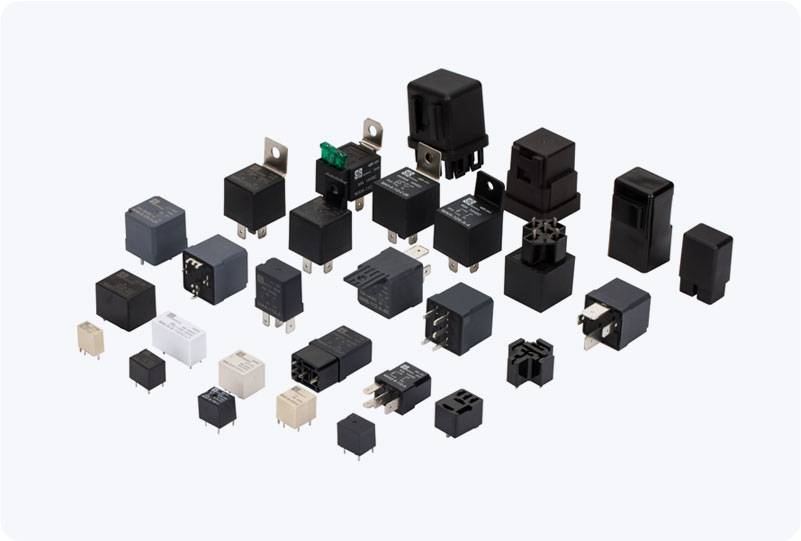The rapid evolution of electric vehicles (EVs), smartphones, drones, and other modern electronics has led to the demand for faster charging solutions. Fast charging technology not only accelerates battery recharge times but also requires sophisticated control systems to ensure both speed and safety. One critical component in these systems is the Fast Charging Relay. This relay serves as a key player in high-power charging, enabling efficient, safe, and reliable power delivery. In this article, we will explore the role of the Fast Charging Relay, its features, and its applications in modern charging systems.

What is a Fast Charging Relay? A Fast Charging Relay is an electromechanical or solid-state switch used to control the flow of electricity in fast charging systems. Its primary function is to manage high currents during the charging process, ensuring the system can handle rapid power delivery while preventing damage to sensitive components. By switching between different power states—such as initiating or halting current flow—the relay helps regulate charging speed, monitor battery health, and maintain system stability. Unlike conventional relays, Fast Charging Relays are designed specifically for high current and fast switching operations. These relays can switch quickly enough to adapt to varying charging needs, making them crucial in environments that require high efficiency and fast response times, such as electric vehicle (EV) charging stations or mobile device chargers.